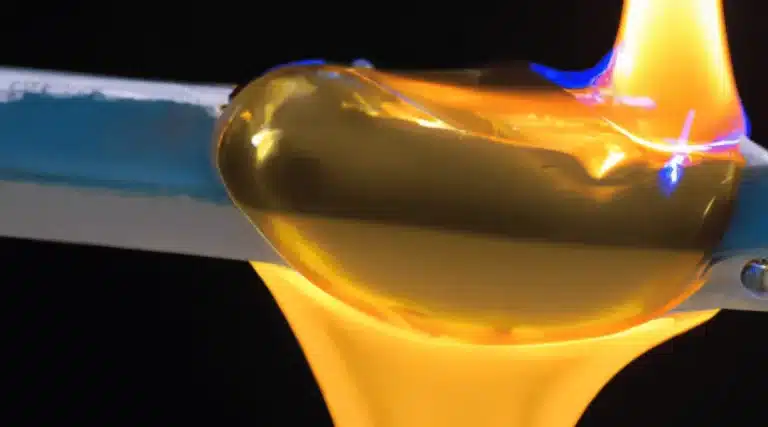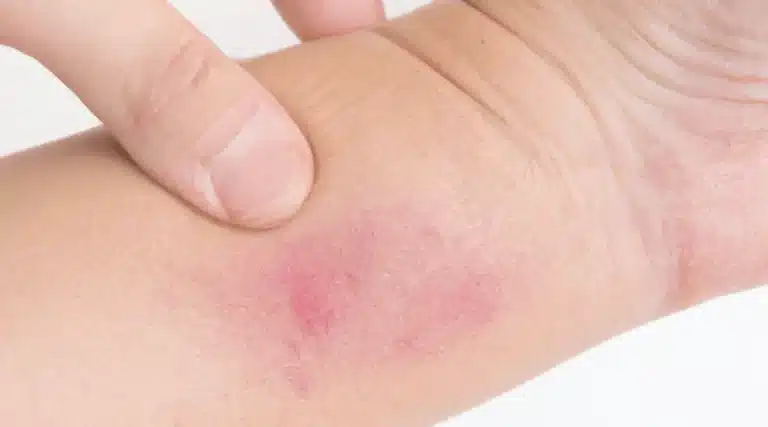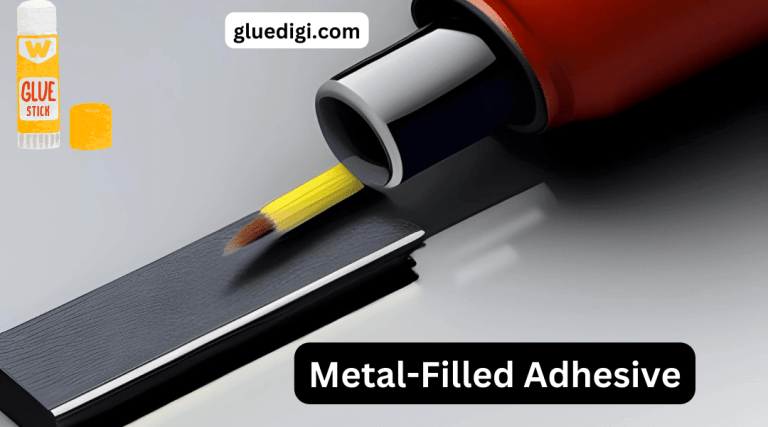Introduction to Bonding Adhesives
Bonding adhesives, often referred to simply as adhesives or glues, play a crucial role in various industries and everyday tasks. These remarkable substances offer a reliable and convenient way to join materials together.
Let’s dive into this peculiar topic and uncover the taste, health risks, and even unique uses of glue beyond its intended purpose.
Whether you’re a DIY enthusiast, a professional craftsman, or an industrial engineer, understanding the different types of bonding adhesives, their advantages, and how to use them effectively can significantly enhance your projects. Let’s delve into the fascinating world of bonding adhesives!
Types of Bonding Adhesives
- Cyanoacrylate Adhesives
- Fast-Acting and Versatile: Cyanoacrylate adhesives, commonly known as super glues, are renowned for their rapid bonding capabilities. In a matter of seconds, these adhesives form a strong and durable bond between various materials, including metals, plastics, and rubber.
- Ideal for Small Repairs: Whether it’s fixing a broken figurine or mending a torn shoe sole, cyanoacrylate adhesives excel in handling small repairs with precision and speed.
- Epoxy Adhesives
- High Strength and Durability: Epoxy adhesives are prized for their exceptional bonding strength, making them suitable for heavy-duty applications in construction, automotive, and aerospace industries.
- Suitable for Bonding Different Materials: From bonding metal to plastic, glass to wood, epoxy adhesives can create robust connections between materials that are otherwise challenging to join.
- Polyurethane Adhesives
- Flexible and Resilient Bonds: Polyurethane adhesives offer flexibility and resilience, making them ideal for applications that involve movement or vibrations, such as bonding car panels or shoe soles.
- Excellent for Outdoor Use: With resistance to moisture and extreme weather conditions, polyurethane adhesives are perfect for outdoor projects and repairs.
- Acrylic Adhesives
- Transparent and UV-Resistant: Acrylic adhesives provide transparent and UV-resistant bonds, making them popular for glass and plastic applications where aesthetics matter.
- Great for Clear Bonds: When you need to bond materials without visible traces of adhesive, acrylic adhesives are the go-to choice.
- Silicone Adhesives
- Heat and Water-Resistant: Silicone adhesives boast remarkable resistance to high temperatures and water, making them indispensable for sealing and bonding applications in kitchens, bathrooms, and automotive parts.
- Perfect for Sealing and Bonding: If you need to create a watertight seal or join materials with different thermal expansion rates, silicone adhesives are the answer.
Pros and Cons of Using Bonding Adhesives
- Advantages
- Strong and Reliable Bonds: Bonding adhesives form cohesive bonds that distribute stress evenly, resulting in strong and long-lasting connections.
- No Need for Additional Fasteners: Unlike mechanical fasteners that may weaken the materials they penetrate, adhesives distribute the load over a larger area, preserving the material’s integrity.
- Enhanced Aesthetics: Adhesives can create seamless bonds, leaving surfaces smooth and aesthetically pleasing, especially in visible joints and connections.
- Disadvantages
- Longer Curing Time: Some bonding adhesives require curing time, which can delay the completion of a project compared to instant connections achieved with fasteners.
- Limited Gap Filling Ability: Unlike some mechanical fasteners, adhesives may not effectively fill larger gaps between materials, requiring precise alignment for optimal bonding.
- Not Suitable for High-Temperature Applications: While certain adhesives are heat-resistant, most have limitations in extreme temperature environments, such as engine compartments or industrial furnaces.
Bonding adhesives offer numerous benefits, but they may not be the best choice for every scenario. It’s essential to weigh the advantages and disadvantages based on the specific requirements of your project.
How to Use Bonding Adhesives
- Surface Preparation
- Cleaning and Degreasing: Before applying the adhesive, ensure the surfaces are clean and free of any contaminants like dust, oil, or grease. Cleaning with isopropyl alcohol is often recommended.
- Roughening the Surfaces: For better adhesion, consider lightly sanding smooth surfaces to create a rough texture, promoting mechanical interlocking between the adhesive and the material.
- Application Techniques
- Dispensing and Mixing (for two-part adhesives): Two-part adhesives require proper dispensing and thorough mixing of the resin and hardener. Follow the manufacturer’s instructions for precise measurements.
- Applying the Adhesive: Use an appropriate method for applying the adhesive, such as a brush, nozzle, or syringe, depending on the project’s requirements.
- Clamping and Curing
- Ensuring Proper Alignment: For optimal bonding, ensure that the materials being joined are correctly aligned before applying pressure or clamping.
- Allowing Sufficient Curing Time: Follow the adhesive’s recommended curing time, allowing it to reach its full strength. Avoid disturbing the bonded parts during this critical phase.
Tips and Tricks for Successful Bonding
- Choosing the Right Adhesive for the Job
- Considering Material Compatibility: Different adhesives work better with specific materials, so always check the compatibility to ensure a successful bond.
- Understanding Environmental Conditions: Take into account factors like temperature, humidity, and exposure to chemicals or UV light, as they can affect adhesive performance.
- Ensuring Proper Ventilation
- Working in a Well-Ventilated Area: Some adhesives release fumes during application and curing. Work in a well-ventilated space to minimize exposure to potentially harmful vapors.
- Using Respiratory Protection if Needed: In situations where strong fumes are expected, consider wearing a mask or using a respirator to protect your respiratory system.
- Avoiding Common Mistakes
- Applying Too Much or Too Little Adhesive: Properly follow the manufacturer’s instructions for the right amount of adhesive. Applying too much can lead to messy joints, while too little may result in weak bonds.
- Ignoring Safety Precautions: Adhesives can be safe when used properly, but negligence in handling and storing them can lead to accidents. Always adhere to safety guidelines.
Best Practices for Specific Applications
- Woodworking and Carpentry
- Joining Wooden Pieces: When working with wood, use adhesives that have good penetration and bonding properties for seamless joints.
- Repairing Furniture: Bonding adhesives can be invaluable for fixing broken furniture pieces, especially when traditional fasteners are impractical.
- Automotive Repairs
- Bonding Plastic and Metal Parts: Automotive repairs often require bonding dissimilar materials, such as plastic and metal. Choose adhesives that offer strong bonds for lasting repairs.
- Windshield and Glass Repairs: Specially formulated adhesives are used in windshield installations and glass repairs for vehicles, ensuring a secure and durable bond.
- Electronics Assembly
- Attaching Components to PCBs: Delicate electronic components can be securely attached to printed circuit boards using precise and reliable bonding adhesives.
- Securing Wires and Cables: Adhesives are instrumental in cable management, providing strain relief and securing wires without damaging the delicate components.
Bonding adhesives find versatile applications in various fields, offering tailor-made solutions for specific needs. Understanding the best practices for different applications can lead to successful and efficient projects.
Bonding Adhesives for DIY Projects
- Crafting and DIY Home Repairs
- Creating Art Projects: Bonding adhesives are perfect for art projects that involve assembling different materials to create unique masterpieces.
- Fixing Household Items: DIY enthusiasts can rely on bonding adhesives to repair broken household items, such as ceramics, plastic items, or toys.
- DIY Fashion and Accessories
- Bonding Fabrics and Trims: Fashion designers and crafters can use fabric adhesives to create intricate designs and attach embellishments to garments.
- Making Custom Jewelry: Bonding adhesives can be a jewelry maker’s best friend, enabling the assembly of beads, gemstones, and metals with precision.
Bonding adhesives empower creativity in DIY projects, allowing individuals to explore their artistic side and bring their ideas to life.
Safety Precautions and Storage
- Handling and Storage
- Storing Adhesives Properly: To prolong the shelf life and maintain adhesive quality, store them in cool, dry places, away from direct sunlight or extreme temperatures.
- Shelf Life and Expiration Dates: Always check the expiration date on adhesive containers and avoid using expired products.
- Safety Measures
- Wearing Personal Protective Equipment: Depending on the adhesive type, wear gloves and safety glasses to protect your skin and eyes during application.
- First Aid in Case of Accidents: Familiarize yourself with the appropriate first-aid measures in case of accidental skin contact or ingestion.
Safety should always be a top priority when working with bonding adhesives. Following proper handling and storage procedures ensures a safe and enjoyable bonding experience.
Comparing Bonding Adhesives to Other Joining Methods
- Mechanical Fasteners
- Strength and Reliability Comparison: Mechanical fasteners provide a robust connection, but adhesives offer a more even distribution of stress and can join dissimilar materials.
- Pros and Cons of Each Method: While fasteners can be easier to disassemble, adhesives excel in creating seamless, aesthetically pleasing joints.
- Welding and Soldering
- Heat-Based Joining vs. Adhesive Bonding: Welding and soldering can cause heat-induced stress and potential damage to materials, making adhesives a better option for delicate components.
- When to Choose Adhesives Over Welding: Adhesives are preferred when dealing with heat-sensitive materials, or when a non-conductive bond is necessary.
Each joining method has its strengths and limitations. Understanding the differences between them allows you to make informed decisions for your specific projects.
Environmental Impact of Bonding Adhesives
- Eco-Friendly Adhesive Options
- Low VOC and Non-Toxic Adhesives: Some adhesives are formulated with low Volatile Organic Compounds (VOC) and non-toxic ingredients, reducing their environmental impact.
- Biodegradable Options: Environmentally conscious individuals can opt for biodegradable adhesives that break down over time, leaving a smaller ecological footprint.
- Recycling and Disposal
- Proper Disposal of Adhesive Tubes: Empty adhesive tubes should be disposed of following local recycling guidelines.
- Recycling Possibilities: Some manufacturers offer adhesive containers made from recyclable materials, further promoting sustainability.
Taking eco-friendly options into consideration when choosing bonding adhesives can contribute to a greener and more sustainable future.
Conclusion
In conclusion, bonding adhesives are versatile tools that empower individuals and industries to create strong and durable connections between materials. Understanding the different types of bonding adhesives, their pros and cons, and how to use them correctly is essential for successful projects. Remember to choose the right adhesive for the job, follow safety guidelines, and consider environmental impact. Whether you’re crafting DIY projects, working in the automotive sector, or engaged in industrial applications, bonding adhesives are the reliable companions you need for seamless and innovative bonding solutions.





